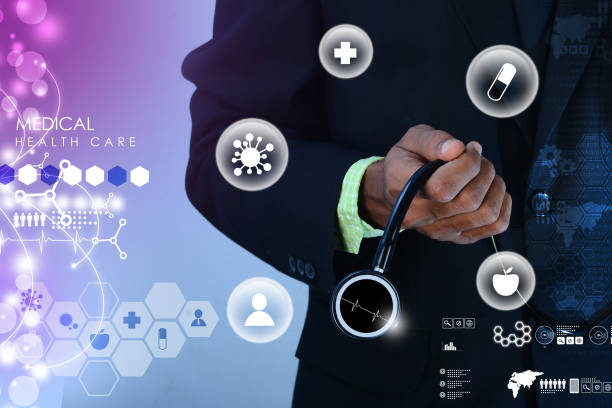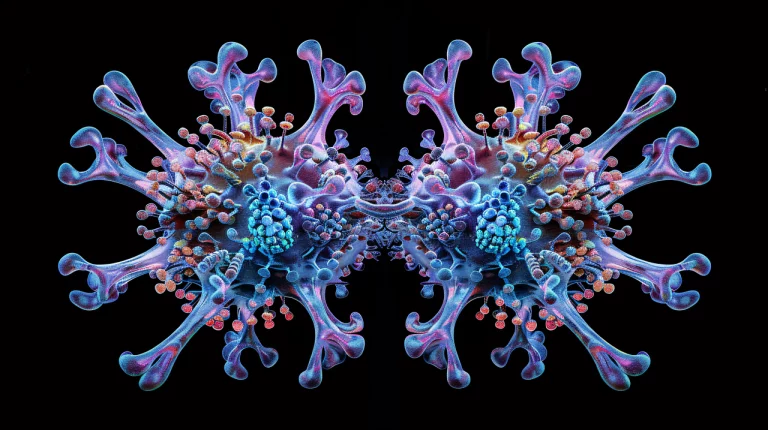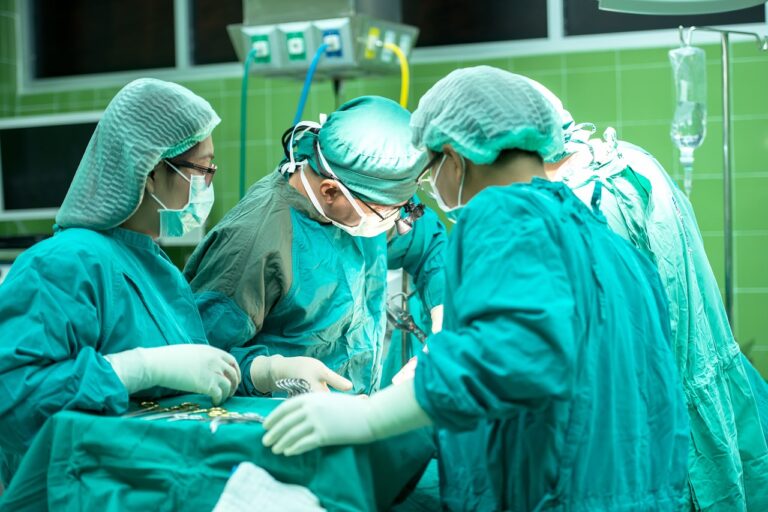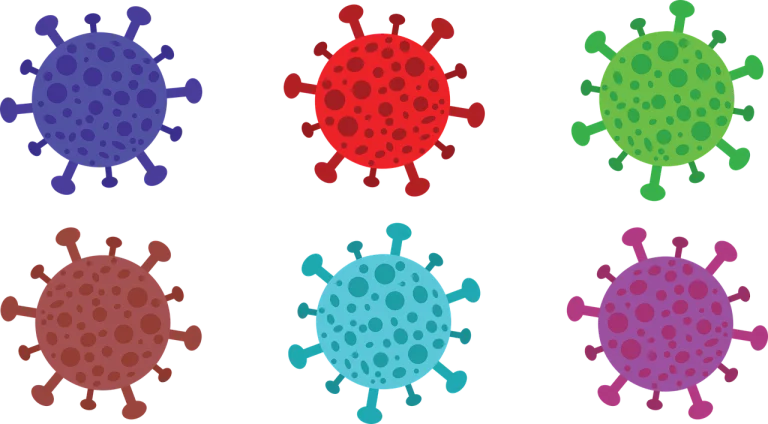Book Appointment Now

Improving Patient Safety with Real-Time Data Monitoring and Alerts
Patient safety is a primary concern in healthcare, as adverse events like falls, infections, and medication errors can lead to serious complications or even death. Improving patient safety through real-time data monitoring and alerts is becoming an essential part of modern nursing practices. By integrating technology that provides continuous monitoring and immediate notifications, nurses can intervene promptly to prevent these adverse events, enhancing both patient care and hospital efficiency.
Get a custom nursing paper help on improving patient safety through real-time data monitoring and alerts assignment
Order Custom Nursing Paper
The Role of Real-Time Data Monitoring in Preventing Adverse Events
Real-time data monitoring is a powerful tool that allows nurses to continuously track patient vital signs, clinical conditions, and medication administration. When integrated into patient care systems, this data can trigger alerts that notify healthcare providers of potential risks, enabling them to take swift action to prevent adverse events. Here’s how real-time monitoring contributes to patient safety:
- Falls Prevention
Falls are a common cause of injury in hospitalized patients, particularly among the elderly or those with mobility issues. Real-time data monitoring can help prevent falls by continuously assessing a patient’s movement and alerting nurses when a patient is at risk of falling.- Example: Wearable devices that track patient movements can send an alert to nursing staff when a patient attempts to get out of bed unassisted, signaling the need for immediate intervention to prevent a fall.
- Infection Control
Infections, such as hospital-acquired infections (HAIs), are a significant cause of morbidity and mortality in healthcare settings. Real-time data monitoring allows for the immediate detection of early warning signs of infections, such as changes in body temperature, heart rate, or blood pressure, enabling nurses to act quickly.- Example: Continuous temperature and vital signs monitoring can help detect early signs of sepsis, prompting timely intervention and reducing the risk of severe infection and death.
- Medication Error Reduction
Medication errors, including incorrect dosage, missed doses, or improper medication administration, can have serious consequences for patients. Real-time alerts linked to medication administration systems help ensure that nurses are alerted to potential errors, such as drug interactions, incorrect dosages, or missed doses.- Example: Electronic medication administration records (eMAR) integrated with real-time monitoring systems can alert nurses if a medication is due, if there are potential drug interactions, or if a patient has already received a dose, reducing the likelihood of errors.
Key Strategies for Using Real-Time Data to Improve Patient Safety
- Integration of Clinical Decision Support Systems (CDSS)
Clinical Decision Support Systems (CDSS) are software tools that provide real-time data analysis to assist healthcare providers in making evidence-based decisions. These systems can issue alerts about potential risks, including abnormal vital signs, medication errors, or infection indicators, allowing nurses to take immediate action.- Example: If a patient’s blood pressure drops below a critical threshold, the CDSS can send an alert to the nurse, who can then assess the situation and intervene accordingly, potentially preventing complications like shock or organ failure.
- Use of Wearable Health Devices
Wearable devices are increasingly used in hospitals to monitor a range of patient conditions in real time. These devices track parameters like heart rate, oxygen saturation, movement, and temperature, providing continuous data to healthcare providers. When readings fall outside of normal ranges, alerts are sent to nursing staff to prompt further investigation or intervention.- Example: A patient wearing a heart rate monitor experiences an arrhythmia. The device sends a real-time alert to the nurse, who can administer the necessary treatment, preventing potential cardiac arrest.
- Continuous Vital Sign Monitoring
Continuous monitoring of vital signs like blood pressure, heart rate, respiratory rate, and oxygen saturation enables early detection of deterioration in a patient’s condition. When a patient’s vitals move outside the safe range, real-time alerts notify nurses of potential complications, such as respiratory failure or cardiovascular issues.- Example: A patient recovering from surgery may experience sudden changes in vital signs, such as a drop in blood oxygen levels. A real-time monitoring system will trigger an alert, prompting the nurse to administer oxygen or take other necessary actions.
- Smart Bed and Sensor Technology for Fall Prevention
Smart beds and sensors are increasingly used to detect patient movement and monitor for potential fall risks. These systems use pressure sensors or accelerometers to detect when a patient is attempting to get out of bed or shift their weight, triggering an alert to the nurse in real time.- Example: A smart bed can alert nursing staff if a patient at risk of falling tries to stand up without assistance, allowing the nurse to intervene before a fall occurs.
Case Studies: Real-Time Data Monitoring in Action
- Case Study 1: Falls Prevention in a Geriatric Ward
A hospital implemented a real-time monitoring system using wearable devices to track the movements of elderly patients at high risk for falls. The system sent alerts to nurses when a patient attempted to move independently, reducing fall rates by 40%. Nurses could promptly intervene, either by assisting the patient or adjusting the patient’s environment to minimize risks. - Case Study 2: Early Detection of Sepsis
In a large hospital, nurses used continuous vital sign monitors to detect early signs of sepsis in patients with compromised immune systems. The system alerted the nursing team when a patient’s temperature and heart rate spiked, indicating a potential infection. Early detection led to rapid administration of antibiotics, improving patient outcomes and reducing mortality from sepsis. - Case Study 3: Medication Safety in a Pediatric Unit
A pediatric hospital adopted an eMAR system integrated with real-time monitoring alerts to prevent medication errors. The system sent reminders to nurses about upcoming medications and cross-checked prescriptions for potential interactions. This technology reduced medication errors by 30%, ensuring safer medication administration for children.
Benefits of Real-Time Monitoring and Alerts for Patient Safety
- Prevention of Adverse Events: Timely alerts allow nurses to take proactive measures to prevent adverse events, improving patient safety and outcomes.
- Reduced Mortality and Morbidity: Early detection of deteriorating conditions allows for prompt interventions that can prevent life-threatening complications.
- Increased Efficiency and Workflow: Real-time data monitoring streamlines care processes, allowing nurses to focus on high-priority tasks and interventions.
- Improved Patient Satisfaction: With enhanced monitoring and faster response times, patients feel safer and are more likely to experience positive outcomes.
Improving patient safety with real-time data monitoring and alerts is transforming nursing care. By leveraging technology to track vital signs, prevent falls, reduce medication errors, and control infections, nurses can provide safer, more effective care. As healthcare technology continues to evolve, real-time data monitoring will become an even more essential tool in reducing adverse events and enhancing patient outcomes.
By incorporating real-time data monitoring into everyday nursing practice, healthcare providers can significantly reduce adverse event prevention and improve patient safety. The integration of alerts into patient care systems empowers nurses to intervene swiftly, ensuring safer, more reliable care.
Also read:




